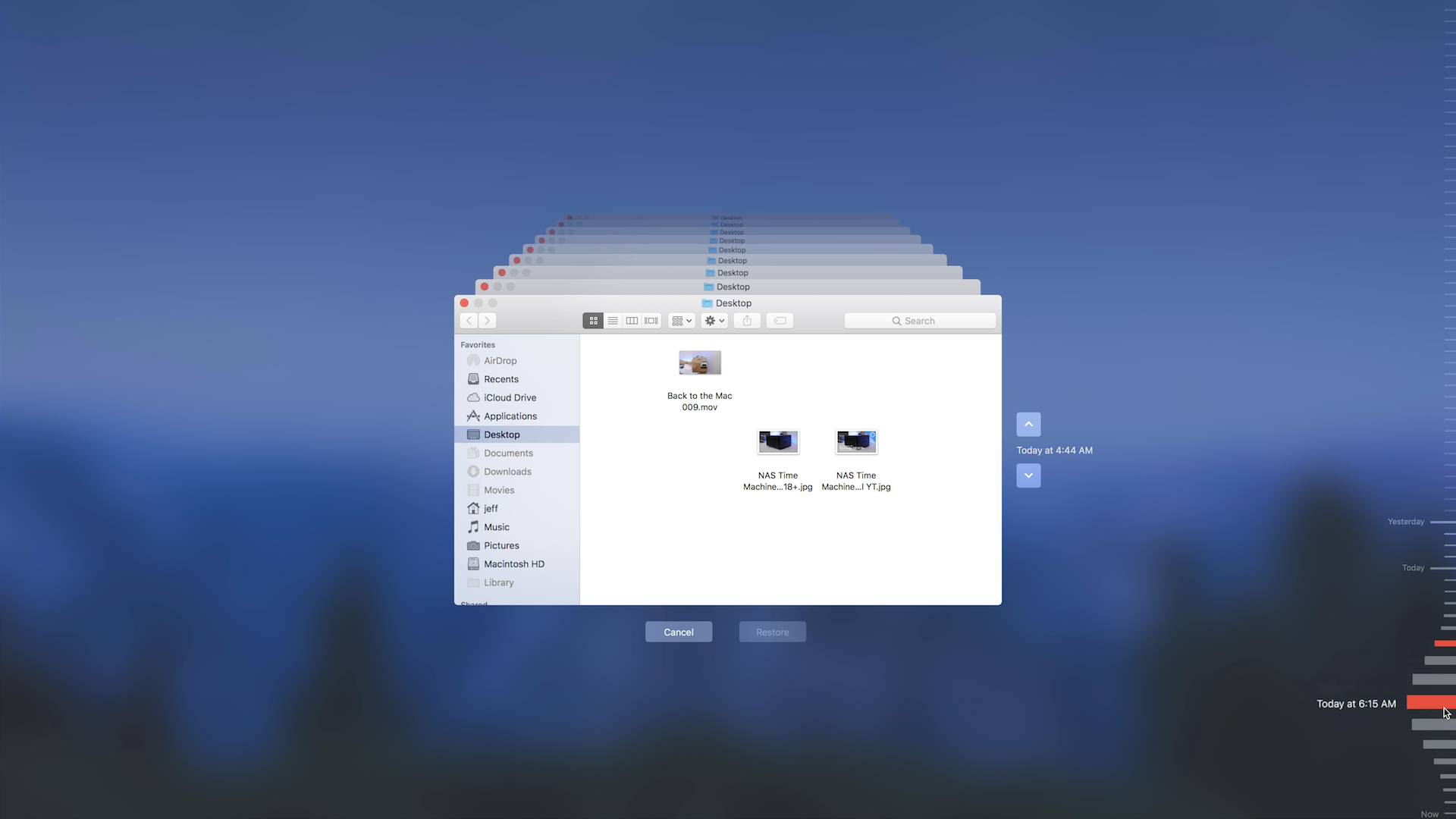

- #Mac time machine restore fails how to#
- #Mac time machine restore fails archive#
- #Mac time machine restore fails mac#
The very app that every Mac user depends on has been labelled not good enough by the expert tech writers. This a difficult position for Apple to be in in 2016. In other words, Time Machine is a good first line of defence, but due diligence dictates supplementing it just to be sure.

The net result is that in most every modern article on Macintosh backups that I have seen, the author is (politely) obligated to point out that Time Machine should be supplemented by a second, more robust solution. The Time Machine emperor, in essence, has no clothes. During that time, other products, for example, Data Backup 3 from Prosoft Engineering, have filled the gap for more assiduous users.Īpple has said, in essence, that they are only going to cater to the most basic needs of the average user and will leave more complete approaches to third parties. Rather, the issue is that Apple insists on keeping the service simple and intuitive and has failed, over the years, to migrate the user base to a higher level of sophistication and robustness.
#Mac time machine restore fails how to#
The issues is not that we cannot find and read excellent tutorial articles on how to deal with typical Time Machine anomalies. Just one recent example is " What to do when mobile Time Machine backups linger and fill storage space," by Glenn Fleishman. It does have its intricacies, especially when used with a network drive. The state-of-the-art in Time Machine is that countless, indeed brilliant articles have been written over the years teaching us about its ins and outs.
#Mac time machine restore fails archive#
If a Time Machine backup gets hung up or mangled, most users are left in the dark and find themselves forced to start all over, regretting that a possible valuable archive needs to be overwritten. that can be used to verify the integrity of the current backup other than a casual visual inspection. In other words, the user has no usable tools within Time Machine. There is a backup file log maintained, (.Backup.log) but it's an invisible file, not intended for user inspection and the production of warm fuzzies.įinally, there is very little in the way of diagnostics or feedback to the user about the integrity of each backup. Next, there is no easily digestible, user accessible log file available for inspection within the Time Machine System Preference. Also, Time Machine is primarily geared towards a backup of the main internal boot drive, not (selectively) all online drives. Modern best practices always dictate that one use, for example, an app like Carbon Copy Cloner. This app does create a file by file perfect copy of the internal drive that's bootable. It can only restore a damaged (or new) internal drive from the Time Machine archive. Action is necessary.įor example, Time Machine doesn't, in normal operation, create a bootable backup of the internal drive. Mac sales are surging, even cannibalizing iPads. In recent years, our storage needs and corresponding devices have grown dramatically while Time Machine has introduced only minor new features-none that provide the user with clarity and confidence in the state of the backup nor meet modern operational needs. However, today, a decade after its introduction, there's a problem.

When it works, which is most of the time, it's a joy to see. Today, most Mac users know that they should just connect a local hard drive to their Mac and turn on Time Machine. In addition to an regularly scheduled, automated backup that's incredibly easy to set up, Time Machine's killer feature was (and is) the ability to go back in time to resurrect accidentally deleted files. Time Machine: announced with OS X Leopard by Scott Forstall. The presentation is in this video starting at 31m:16s. He then introduced the new Time Machine app, which shipped in 2007, to solve that problem. This is an unfortunatel situation.ĭuring WWDC in 2006, along with the announcement of OS X Leopard, Apple's Scott Forstall noted that only 4 percent of Mac users were using automated system to backup their Mac's hard drive. Today, most every tech writer says: Use it, but don't trust it completely. Unfortunately, over the years, the app hasn't progressed and kept pace with modern user needs. So a simple, stopgap system, with some novel features, was devised for the novice user. Apple's Time Machine backup system was born in a time (2006) when Apple realized that customers weren't routinely backing up their Macs.


 0 kommentar(er)
0 kommentar(er)
